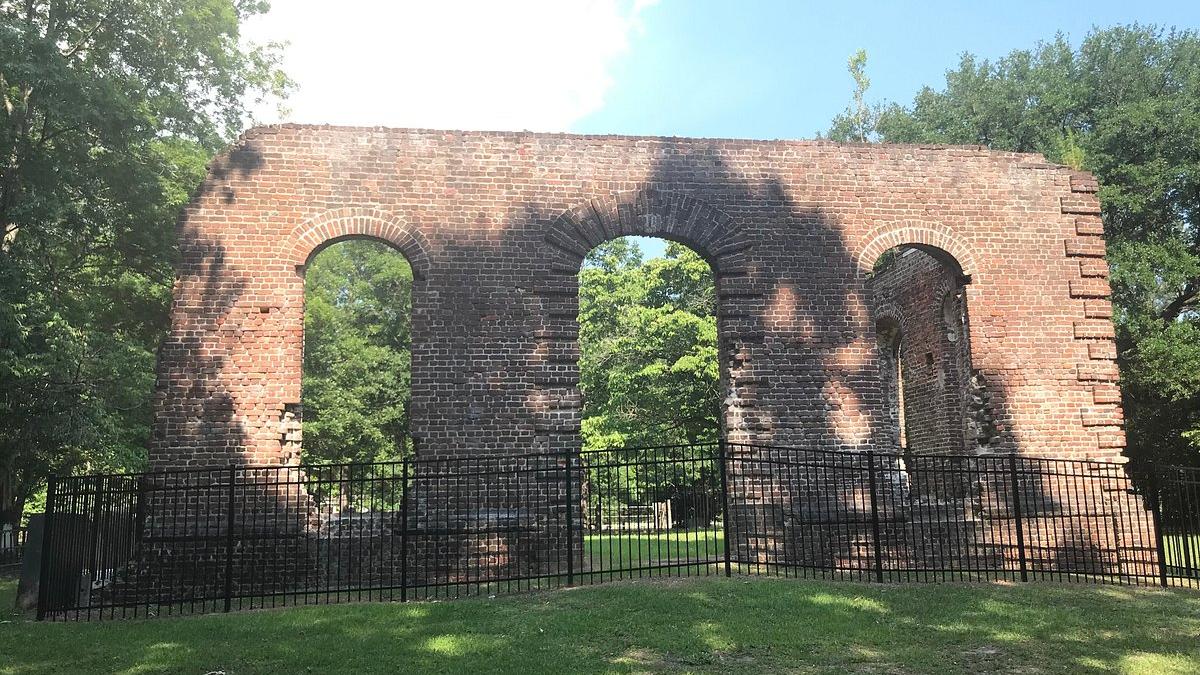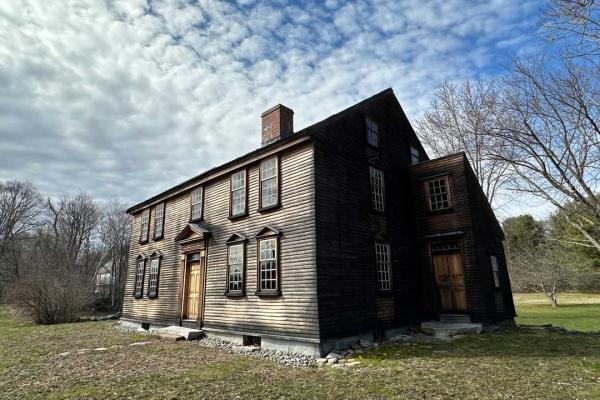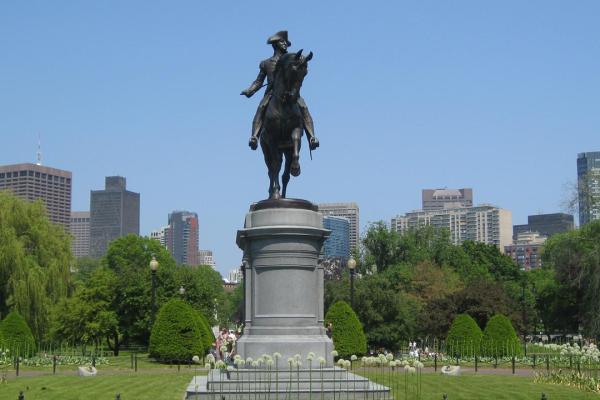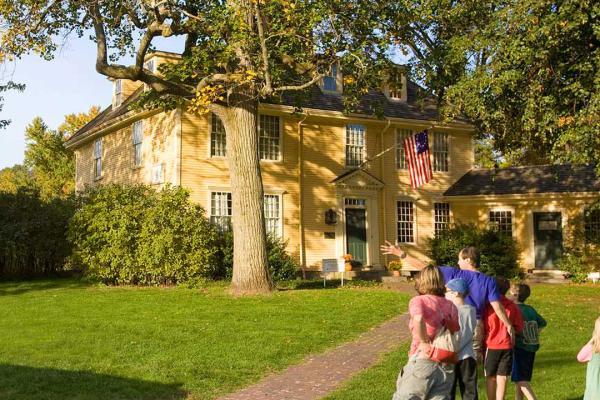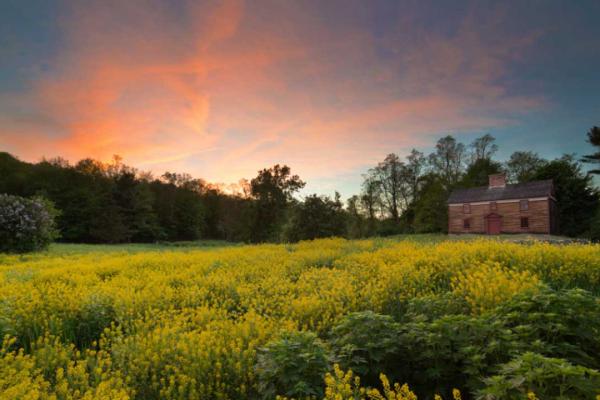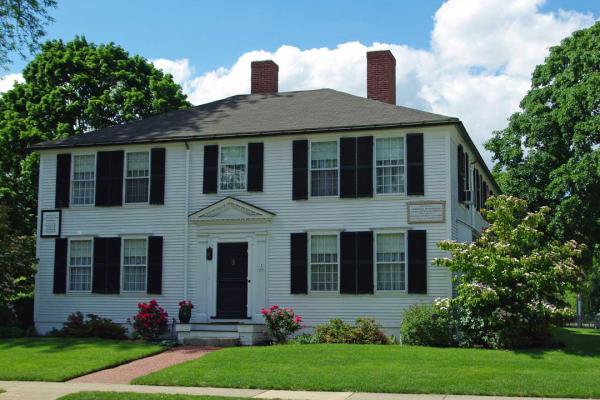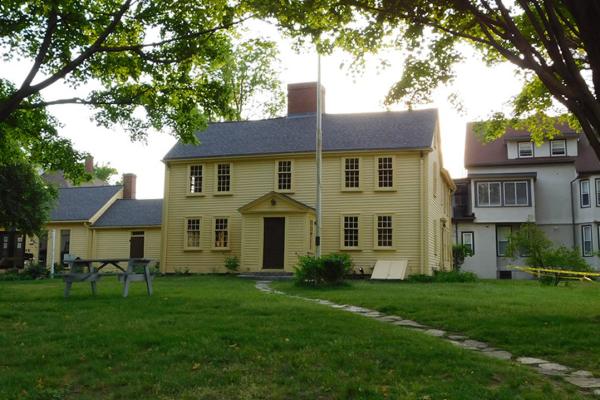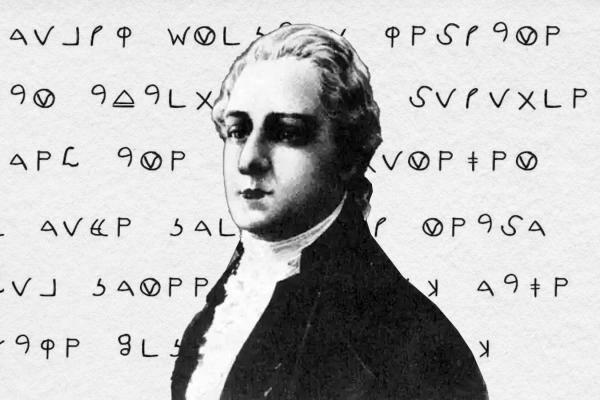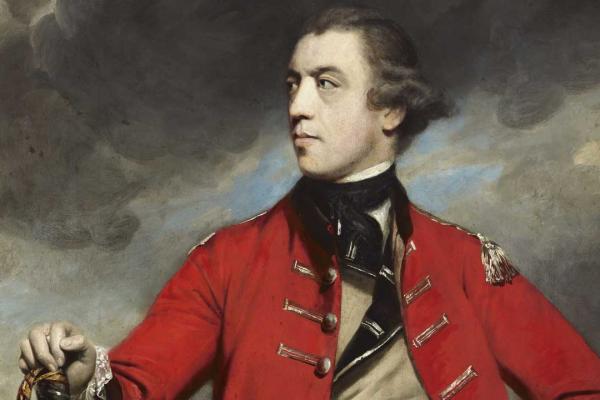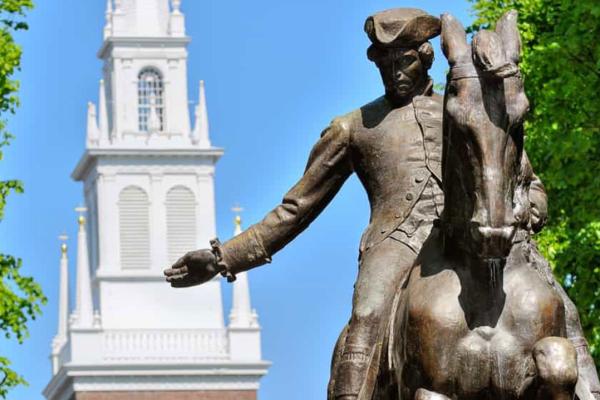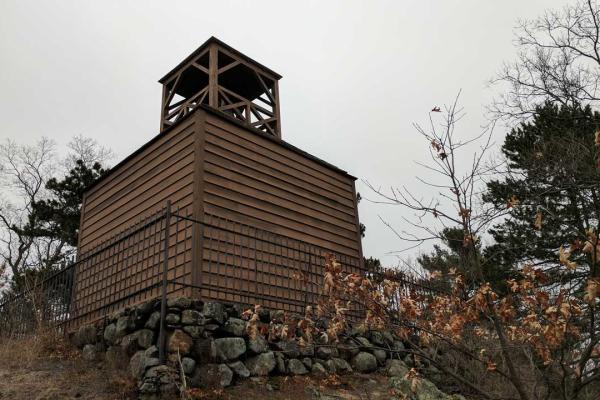In the days leading up the Battle of Lexington and Concord, James Barrett stored military supplies, including small cannons, from that were smuggled...
Once the training ground for British troops in Boston, it was from here that Regulars marched toward Lexington & Concord, sparking the American...
Waiting on British troops to arrive on the morning of April 19, militia members used this tavern to wait for their arrival before assembling on the...
This building was the home of the captain of the Lincoln Minutemen, William Smith, who led his men at the Lexington Green on April 19, 1775.
A monumental structure built in 1742, Faneuil Hall served as one of the most important sites of civic engagement in colonial Boston. Since, it has...
In the early twilight hours of April 19, 1775, Paul Revere rode by this house to warn its occupants, Samuel Adams and John Hancock, of the impending...
The Harrington House belonged to that of Jonathan Harrington whom, according to local history, crawled back to his house to pass in his wife's arms...
Located near where Paul Revere was captured during his famous ride, one of Revere's compatriots was able to escape and alert Hartwell family, who...
One of the bloodiest sites during the Battle of Lexington and Concord, this house saw extensive combat and still bears the scars left behind by the...
Liberty Trail History Makers
The Revolutionary War was a war unlike any other — one of ideas and ideals, that shaped “the course of human events. Explore the history and personalities from this pivotal time in American history.Dr. Benjamin Church, the first Surgeon General of the Continental Army, was a secret British spy whose treason was exposed in 1775, leading to his exile and mysterious disappearance at sea.
A gambler, playwright, and general, Burgoyne saw action in the early years of the American Revolution. A witness of the Battle of Bunker Hill, Burgoyne would face the biggest stain on his reputation from his surrender at Saratoga in October of 1777.
A self-educated bookseller and artillery expert, Knox led artillery efforts that forced the British to evacuate Boston and later serving as a trusted officer under General Washington and the first U.S. Secretary of War.
A British Army officer who served in key conflicts including the French and Indian War and the American Revolution, Gate became Governor of Massachusetts and commander-in-chief of North America, overseeing events like the Battles of Lexington and Concord before being recalled to England in 1775.
